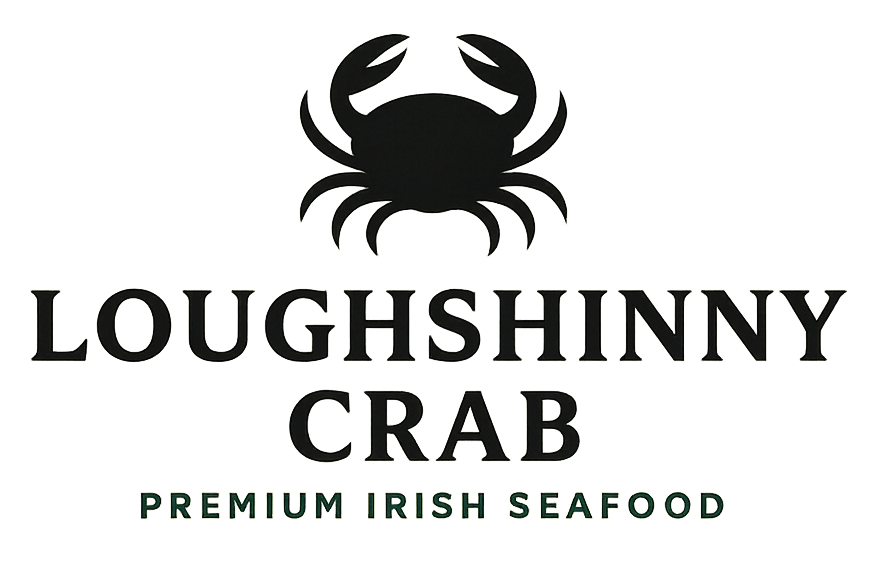Ireland, an emerald isle renowned for its breathtaking landscapes and rich cultural heritage, also boasts a culinary treasure trove waiting to be discovered: wild crab meat. This delectable seafood, prized for its delicate sweetness and firm texture, holds a special place in Irish gastronomy. From the bustling fishing ports to the charming coastal restaurants, the journey of wild Irish crab meat is a captivating exploration of nature’s bounty and culinary artistry. This comprehensive guide will delve into the fascinating world of wild crab meat in Ireland, exploring its origins, varieties, sustainable practices, culinary uses, and where to find the best.
The Diverse World of Irish Crab Species
Ireland’s waters are home to several species of crab, each contributing its unique flavor and texture to the culinary landscape. The most commonly encountered species used for wild crab meat are the brown crab (Cancer pagurus) and the velvet swimming crab (Necora puber). Brown crabs are larger and possess a sweeter, more delicate flavor compared to their swimming counterparts. Velvet swimming crabs, while smaller, offer a richer, more intense taste profile.
The flavor nuances of these crabs are influenced by various factors, including their diet, water temperature, and the specific location where they’re harvested. Coastal regions offer unique characteristics based on their seabed composition and currents. For example, crabs harvested from rocky areas may have a slightly different taste compared to those from sandy bottoms. Understanding these subtleties adds to the appreciation of this exceptional seafood.
Sustainable Harvesting and Responsible Consumption
Sustainability is paramount when discussing wild crab meat. Overfishing poses a significant threat to crab populations and the delicate marine ecosystem. Responsible harvesting practices, implemented by conscientious fishermen, are crucial for ensuring the long-term viability of the crab industry in Ireland. These practices include adhering to strict quotas, employing selective fishing methods, and protecting breeding grounds.
As consumers, we play a vital role in supporting sustainable fishing. By choosing to purchase crab meat from reputable sources committed to sustainable practices, we help protect this valuable resource for future generations. Look for certifications from organizations dedicated to sustainable seafood, ensuring traceability and responsible harvesting methods. This conscious choice contributes to the health of Ireland’s marine environment.
From Ocean to Plate: Exploring Culinary Applications
Wild Irish crab meat is incredibly versatile, lending itself to a vast array of culinary applications. Its delicate sweetness and firm texture make it a star ingredient in numerous dishes, from simple appetizers to elegant entrees. The most classic preparation involves enjoying the crab meat simply, perhaps with a squeeze of lemon and a sprinkle of freshly cracked black pepper. This highlights the crab’s natural flavors without any unnecessary additions.
Beyond its simple elegance, wild crab meat excels in more complex dishes. It adds a luxurious touch to pasta sauces, risottos, and seafood salads. Consider incorporating it into crab cakes, enhancing their flavor and texture with the sweetness of the wild-caught meat. It also features prominently in traditional Irish seafood chowders, adding depth and richness to the classic broth.
Sourcing the Finest Wild Crab Meat in Ireland
Finding the freshest, highest-quality wild crab meat requires some research. Coastal towns and villages offer direct access to locally sourced seafood, often directly from the fishermen themselves. Many farmers’ markets along the Irish coast feature stalls selling fresh crab meat, providing opportunities to interact with the producers and learn about their sustainable practices.
Alternatively, upscale restaurants and seafood specialists often source their crab meat from reputable suppliers committed to sustainable fishing. Inquire about the origin and harvesting methods of the crab meat to ensure that it aligns with your values. Online retailers specializing in gourmet seafood products also offer a convenient option, though it’s vital to check their sourcing and delivery practices.
The Economic and Cultural Significance of Wild Crab
Beyond its culinary appeal, the wild crab industry plays a significant role in the Irish economy, particularly in coastal communities. Fishing and related industries provide employment opportunities, supporting livelihoods and fostering a strong sense of community. The harvesting, processing, and distribution of crab meat contribute significantly to the local economy.
Wild crab also holds a special place in Irish culture, featuring prominently in local traditions and culinary heritage. Many coastal towns have annual crab festivals, showcasing the region’s culinary talents and celebrating the abundance of this prized seafood. These events highlight the importance of wild crab to local identity and community cohesion. They also offer opportunities to sample diverse culinary interpretations of this fantastic ingredient.
Conclusion: Embracing the Taste of Ireland’s Wild Crab
Wild crab meat from Ireland offers a unique culinary experience, combining the delicate sweetness of the sea with the rich tapestry of Irish culinary tradition. By understanding the various crab species, supporting sustainable practices, and exploring its diverse culinary applications, we can fully appreciate this exceptional seafood. Whether enjoyed simply or incorporated into complex dishes, wild Irish crab meat is a true taste of Ireland’s natural bounty and a testament to the sustainable management of its marine resources.
So, embark on a culinary adventure and discover the exquisite world of wild crab meat in Ireland. Savor the flavors, appreciate the heritage, and support the sustainability of this treasured seafood resource. From the rugged coastline to your plate, the journey is as rewarding as the destination itself.
“For occasions in Ireland, many customers pair our crab with local flower delivery services or relax in Irish garden log cabins.”
“`
